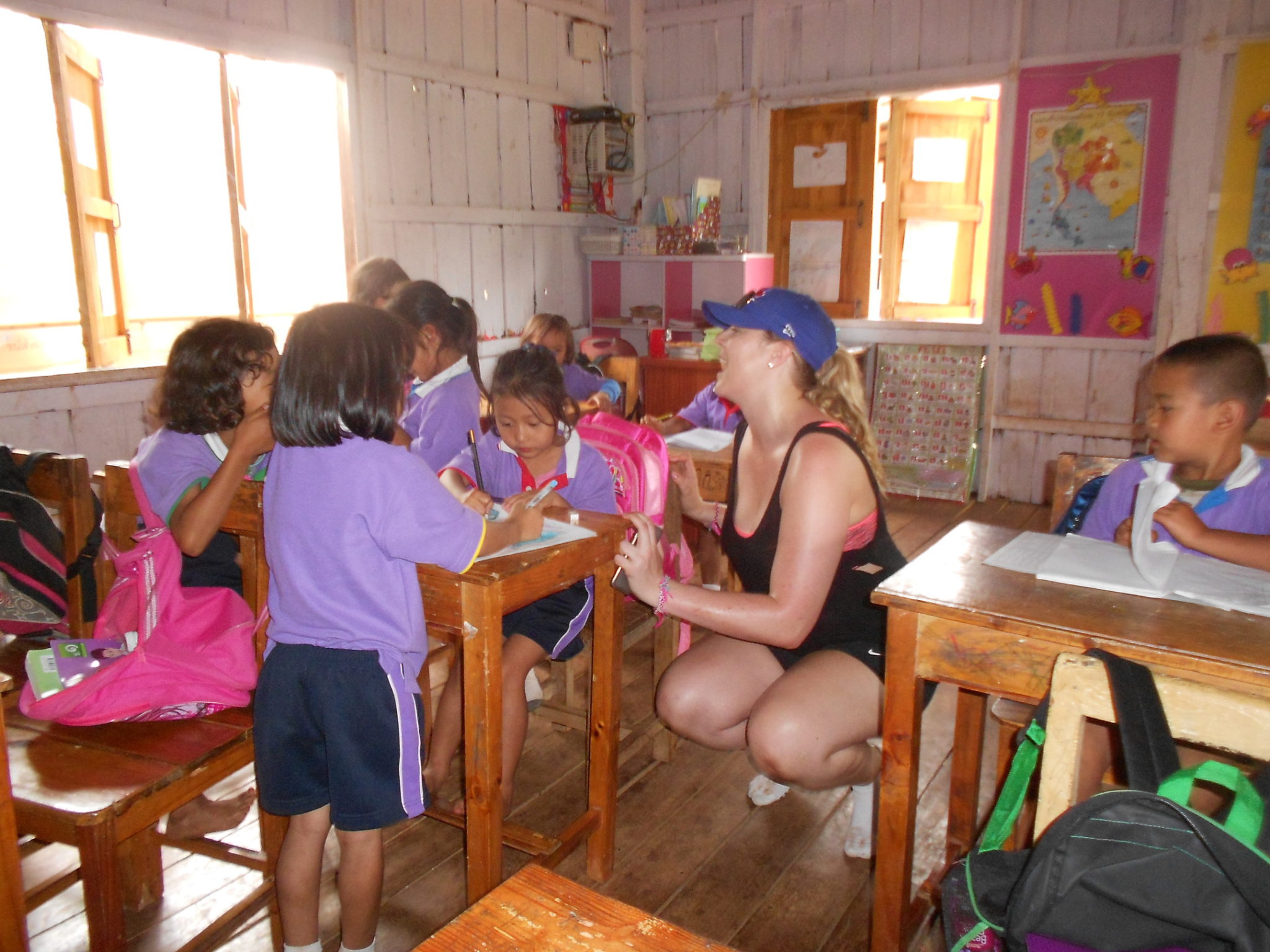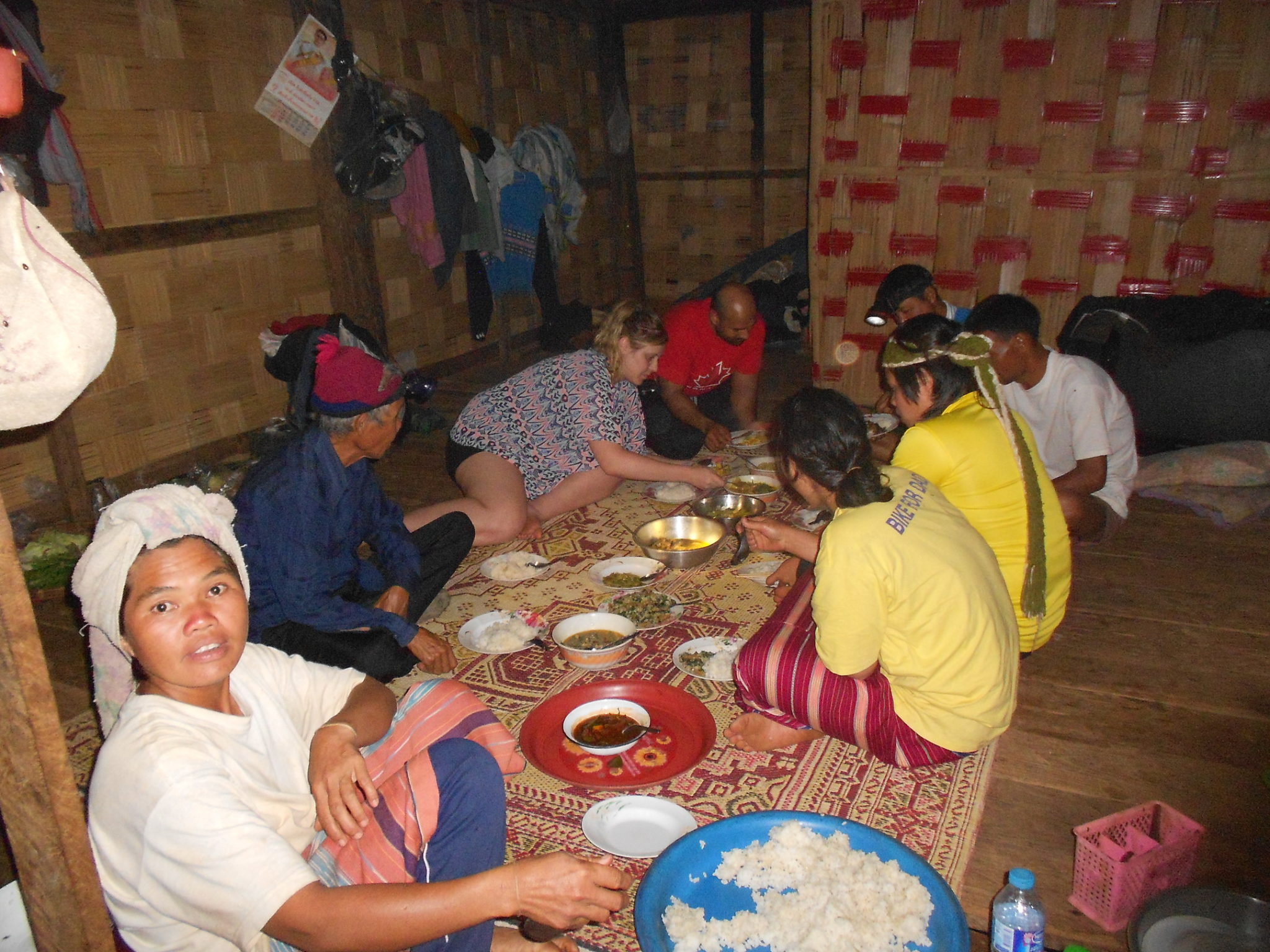The term ‘hill tribe’ (translated from Northern Thai language as “mountain people or mountain folk”) is used in Thailand for all of the various ethnic groups living in Northern and Western regions of Thailand, and on both sides of the borders between Thailand, Laos and Burma.
About hill tribes in northern Thailand
Of the many tribal communities residing in the hills of northern Thailand most belong to seven broad hill tribe groups: Karen, Lahu, Hmong, Lisu, Akha, Mien, and Padaung. Each tribe has distinctive customs, language, attire, and spiritual beliefs. There are also big differences among members of a single tribe; for instance Black Hmong and White Hmong are easily distinguished through different attires, but they also have very distinct dialects.
All tribes have numerous myths and legends regarding their origins which shroud their beginnings in mystery not unlike the early morning mists that cover the valleys below their villages.
Most hill tribe people that live in northern Thailand today are believed to originate from the southern Sino-Tibetan area which they left behind in search of farming land and due to a continuing exodus of ancient peoples dating back 2,000 years. The origin of Karen tribe however still remains a matter of conjecture and debate. While all other hill-tribes retain various aspects of Chinese cultural heritage, the Karen seem to have a cultural background more in common with the people of Tibet. These semi-nomadic tribes travelled slowly over vast distances and eventually arrived on the northern borderlands of Thailand where they found suitable land for their slash and burn farming techniques.
In 1950s the numbers of hill tribe people in Thailand increased as they fled from neighbouring countries to escape problems like extreme poverty, statelessness and threat of insurgency. At this time Thai government formed a National Committee for Hill Tribes with two major goals: to improve relations with hill tribe people and to encourage permanent villages where movements of villagers could be accounted for.
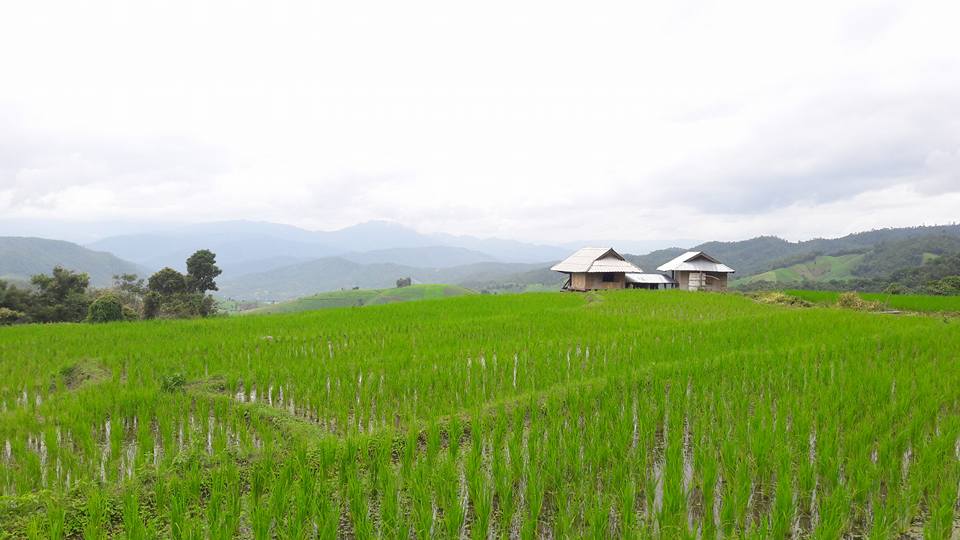
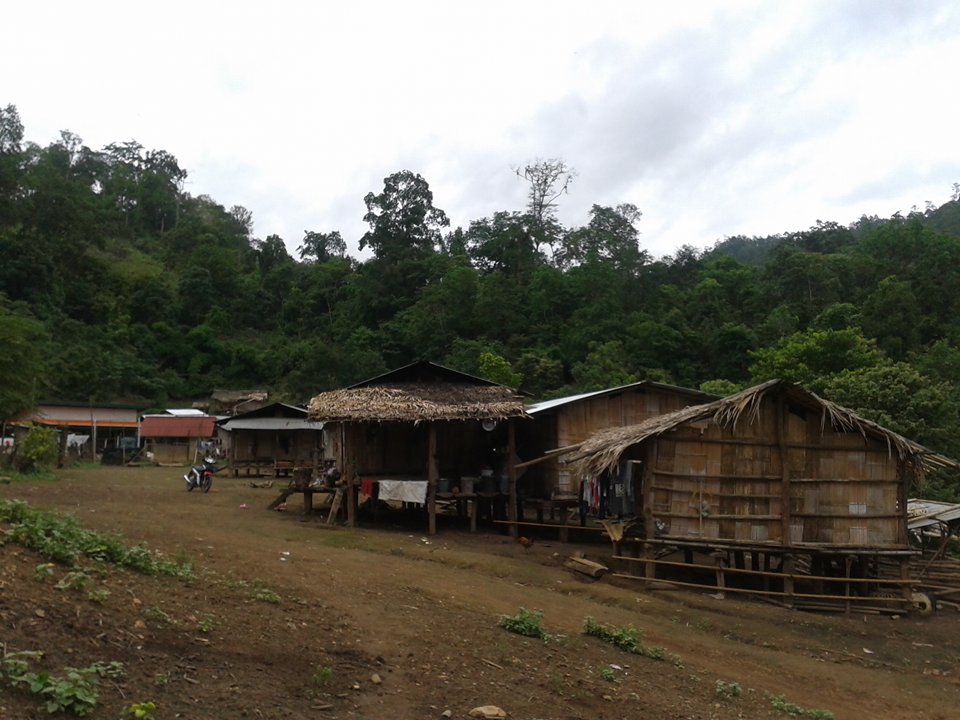
Today the majority of hill tribe people lives in the north of Thailand but a small number of them have moved further south. Tribes don’t have distinct districts and in there are areas in northern Thailand where as many as six different hill tribes share the same location.
Most of the hill tribes living in remote upland areas practice subsistence farming in order to grow enough food to feed themselves which makes them self-sufficient.
They use slash and burn agricultural techniques to farm their heavily forested land and tend to migrate whenever they feel that the soil at their present location is becoming depleted. Traditionally hill tribes were migratory and moved every few years but the Thai government is trying to change this lifestyle and introduce permanent villages with crop rotation.
Until the 1980s the main income source for the hill tribes was opium cultivation. In the 1980s, however, the international pressure and the drug prevention movements started to grow and the Thai government responded by creating programs designed to eliminate the opium cultivation and replace it with cash crops, mainly fruits and veggies. This project is known as the Royal Agriculture Project and was created by the King Rama IX. The project proved a success and it exists even today as it encourages hill tribes to focus on regular farming rather than cultivating opium.
All hill tribes are essentially animist although their religions differ a lot from tribe to tribe and even within communities of the same tribe.
A lot of hill tribes were converted to Christian religion by missionaries who came from Burma between 1824 and 1948. Even though they did a great job when it comes to converting many of the hill tribes to Christianity, Christian religion of the hill tribes is greatly influenced and mixed with their original animist beliefs. Even today, many missionaries continue their work in northern Thailand.
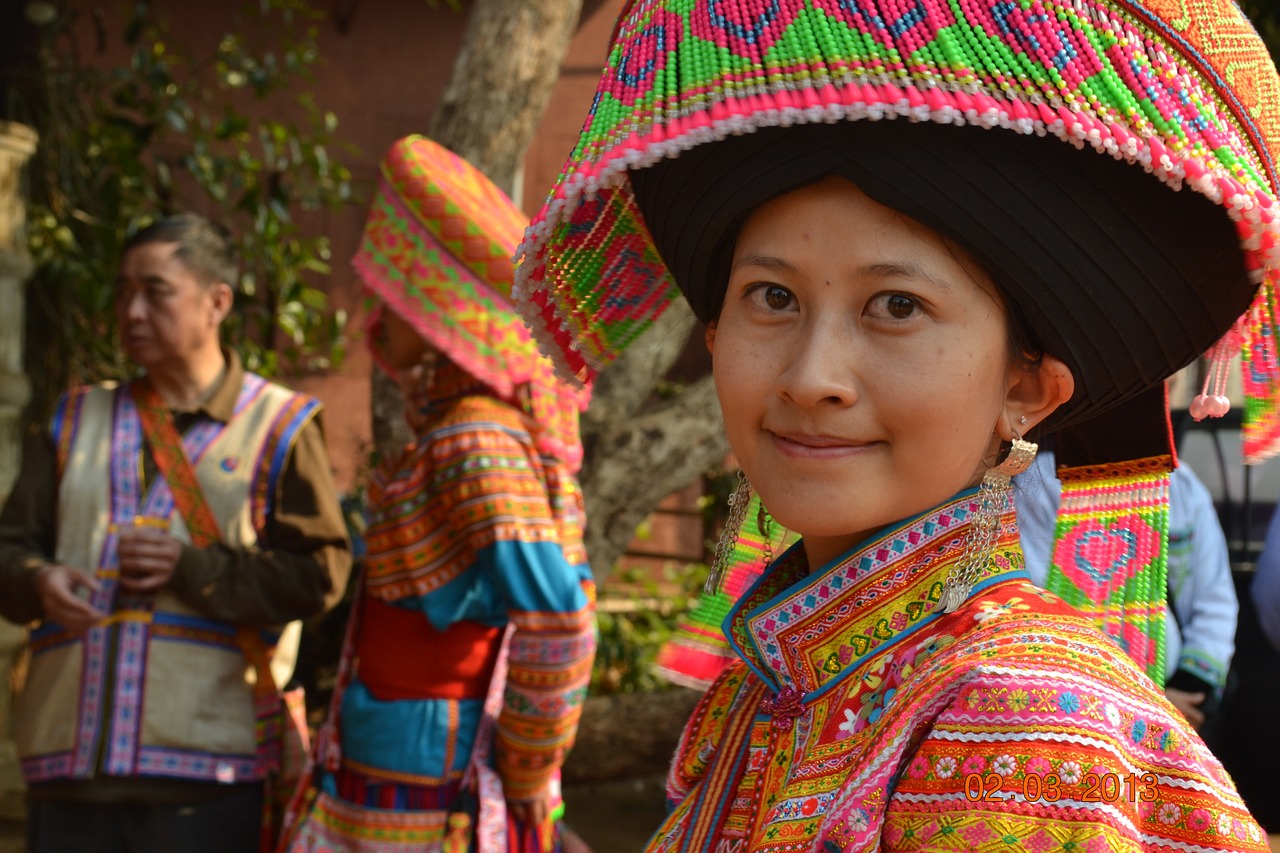

Problems facing hill tribe people and how ethnic tourism can help
As they face this two-sided dilemma, many wonder if tourism could be the solution that will help hill tribes maintain their culture and history.
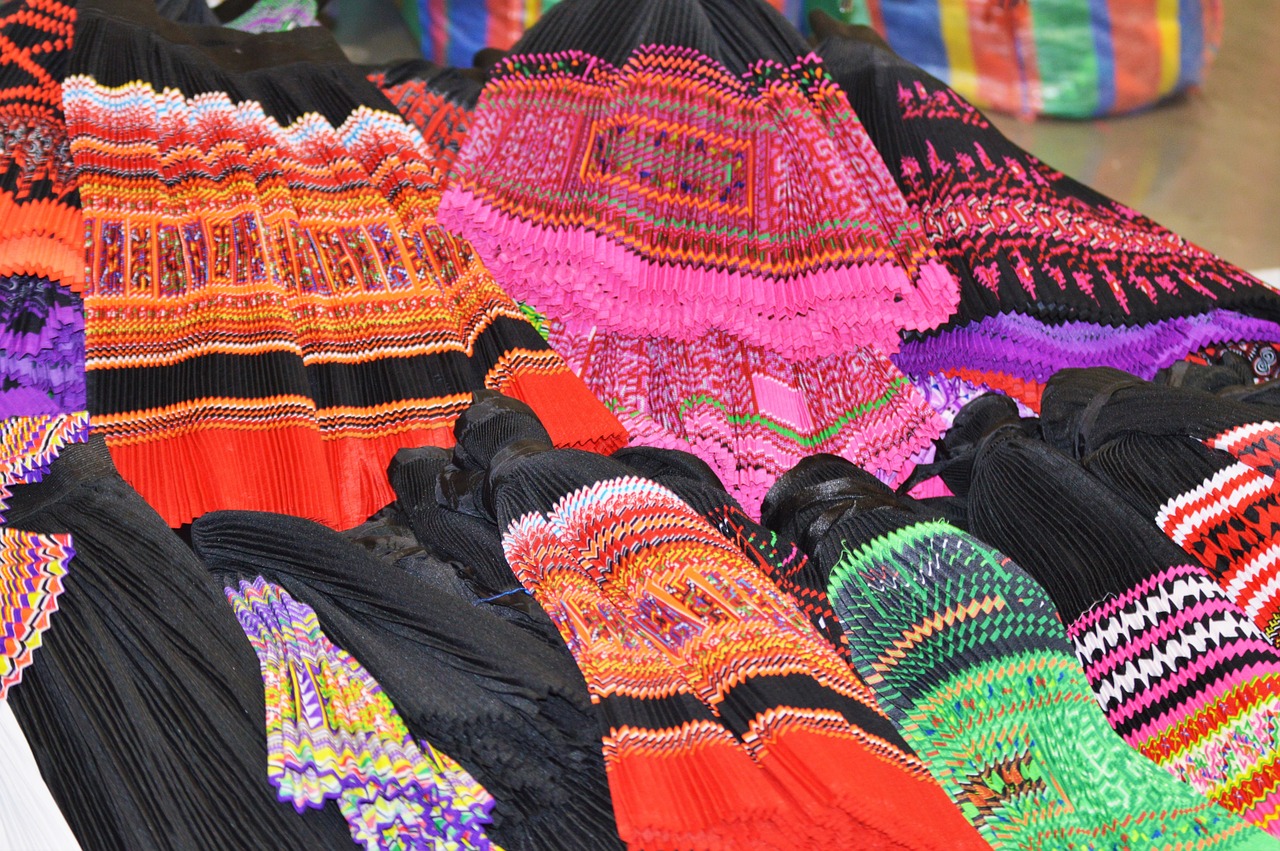

Responsible ethnic tourism
On the other hand, we can have a small private group of visitors that comes to a remote village and is eager to learn about the way of life of the local people.
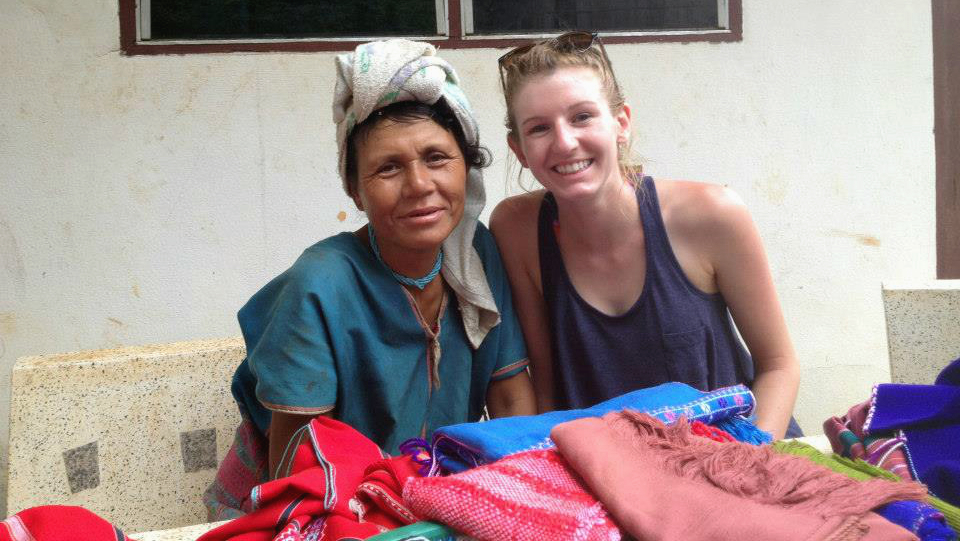
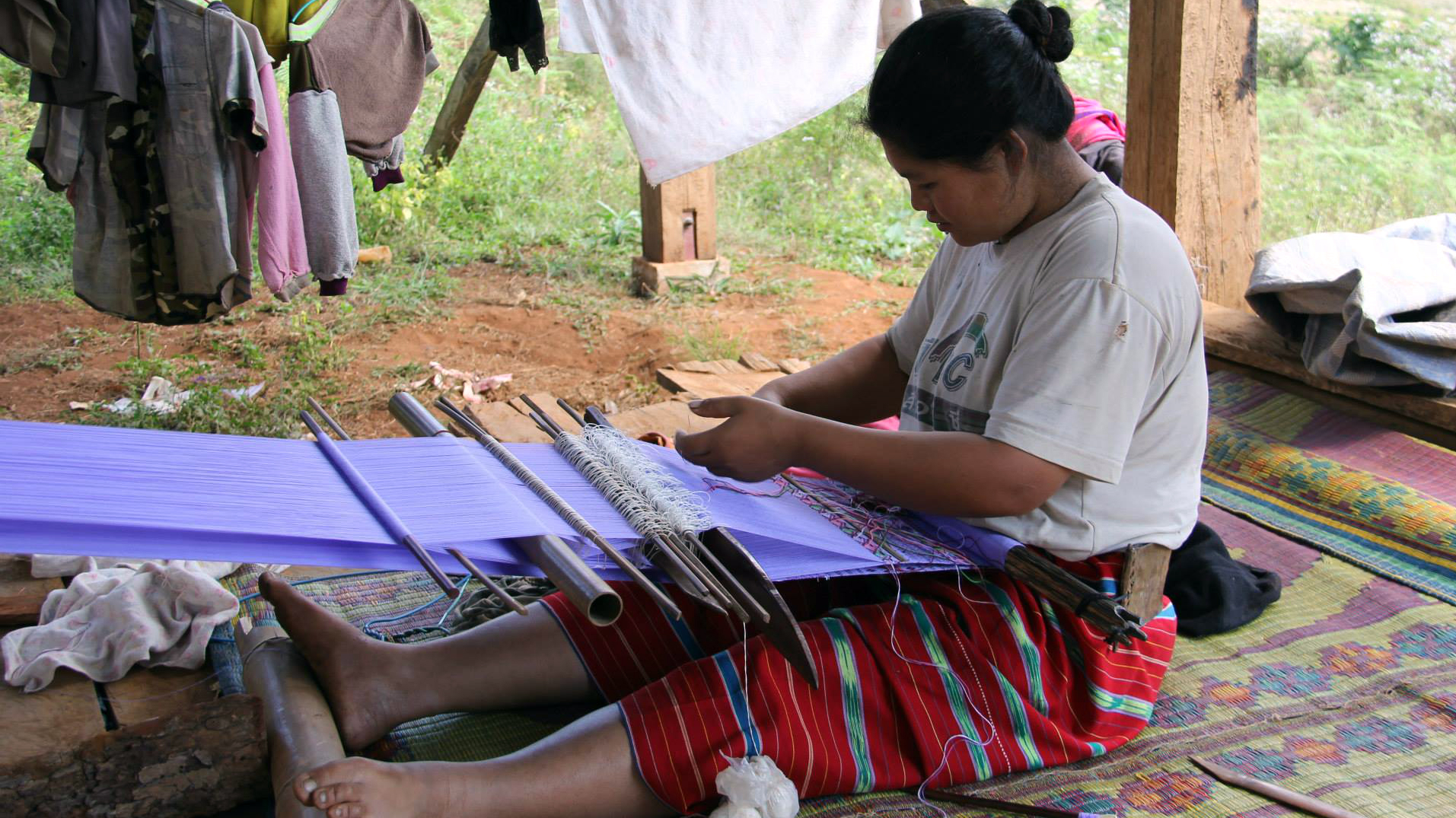
Our approach to ethnic tourism
- We don’t offer visits to Long Neck Karen villages as most of these villages are conveniently located by the road to be accessible to large groups of visitors that visit them daily. This usually gets to be very demanding for the villagers who spend their days selling to the tourists and being photographed. Their culture suffers and they don’t have time for their traditional life and costumes. Their traditional dresses and products are on display for tourists but in reality their way of life is in a lot of cases long gone. While women and children in the village sell their products and pose to the tourists all day long, the men in most cases don’t work at all. They have even neglected their farming traditions and unemployment rates among them can be as high as 90%.
- We understand the uniqueness of all tribal villages and we want to let the villagers live their lives in a natural manner. Our guests don’t visit tourist villages but faraway tribal villages where mostly all villagers grow rice and other crops, weave and keep their sustainable way of life. As our guest, you have a chance to see how they live and what they do in a typical day. Most of the villages we visit are homes of our guides, guides’ assistants, drivers and other staff. Therefore, you can be introduced to the villagers and feel like a guest in the village, not an intruder. You can help the villagers work in the farm, share a meal with them or spend a night in their house.
- Before we bring any guests into a remote tribal village, we talk with the village chief and make sure that our visits won’t disturb locals and that everyone in the village is involved in the decision to accept guests and knows what to expect.
- We run Share the Dream Project, a project that is designed to help local villagers lead better lives. Through this project, we accept donations for local school children and for basic medical equipment for the villagers. We also look for volunteers to teach English in the remote villages and to help renovate and rebuild local schools. This project is funded with the profits form our tours. By going on a tour with us, you automatically help local tribal communities. Together, we can help them stay independent and maintain their uniqueness all while we have the ability to experience and understand their culture.
